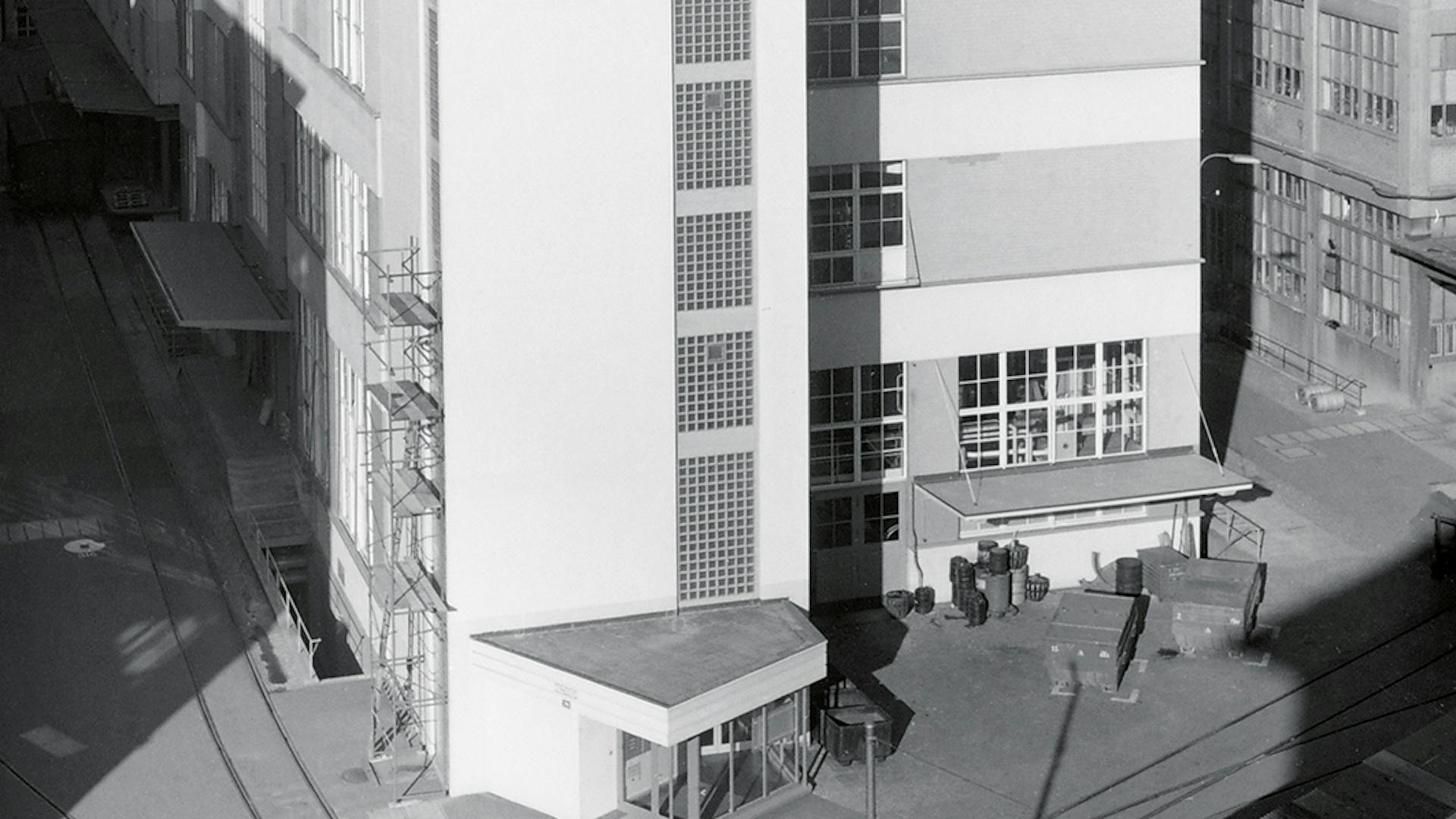
00
Recycling rocks
In its vision of “Sustainability for the Novartis Campus,” the company has committed itself to a careful use of resources. Attention is also paid to the recycling of used materials when buildings are demolished. Particularly for old production buildings this is a complex task and entails well-coordinated work processes, as illustrated by the demolition of buildings WSJ 316, 318 and 319.
Text by Peter Herzog


Live Magazine
This site is intended for a global audience.


